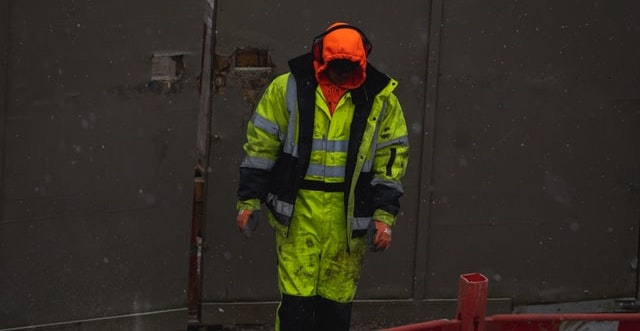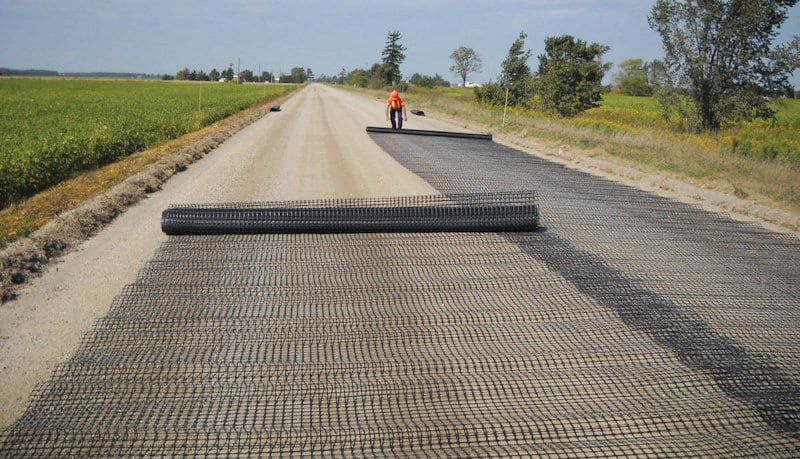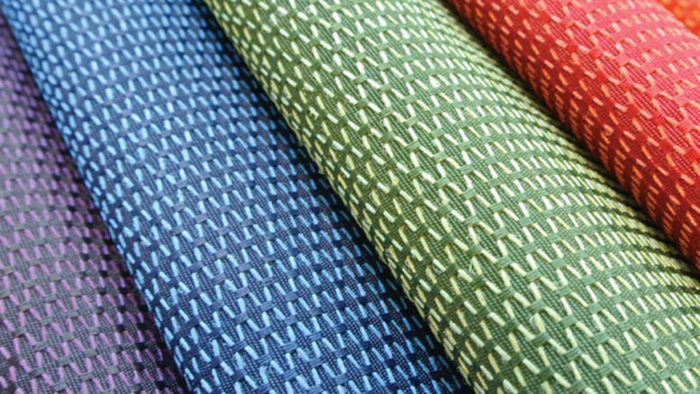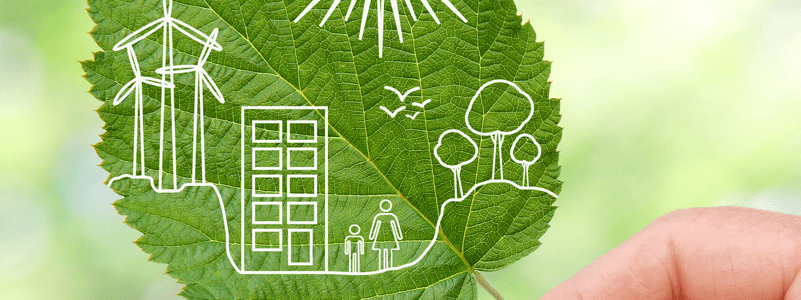The technical textile is a different set of textiles with high performance and special functionalities, which is defined as a product manufactured mainly for technical end-uses rather than their aesthetic or comfort characteristics of traditional textiles.
These kinds of textiles can show some of the effective properties such as fire-resistance, durability, flexibility and several others for attaining the attraction in a broad range of industries.
Textile industry is the largest consumer industry and plays a vital role to increase the economical rate.
Growing promotional events and investment towards the textile industries by various governmental bodies, to promote the manufacturers and suppliers in the developments is leading to the growth of the market in the forecast period. Therefore, the global growth rate of technical textiles is greater than the growth of home and apparel textiles.
Technical textiles are used in different types of industries. Generally, the technical textile market is classified based on material, process and application.
Based on material, the market is divided into natural fiber, synthetic polymer, mineral, regenerated fiber, and others. The synthetic polymer segment is estimated to account for the largest share in 2017, owing to factors such as high strength, low cost, and high quality of this polymer. Synthetic polymers can be used for high-tech applications such as geotextile spun bounds, surgical application products, and bulletproof body armor. Increasing the growth in technical textile industry will also increase the demand for synthetic polymers.

On the basis of process, the market is categorized into woven, knitted, non-woven, and others. The woven segment of the technical textile market is estimated to account for the largest share in 2017. The ease in the process helps to produce a wide range of products for various applications. Woven technical textiles applications include automobile, construction, clothing, and other industries. Furthermore, advancements in weaving technology such as 3D weaving are also expected to drive the technical textile market during the forecast period.
Technical textiles can be divided into many categories depending on their end use. The application categories include MobilTech, InduTech, SportTech, BuildTech, HomeTech, ClothTech, MediTech, AgroTech, ProTech, PackTech, OekoTech, and GeoTech. The Mobiltech segment of the technical textile market is projected to grow at the highest compound annual growth rate from 2017 to 2022. This growth can be attributed to the booming automobile sector in many countries such as the UAE, Japan, and Germany. The increasing use of technical textiles in various areas of the automobile sector such as seat belts, seating upholstery, tire cords and linear, and others is expected to propel the demand for technical textiles.
In the view of the fact, technical textile includes a wide range of applications; most prominent are breathing masks, ropes, covers, belts, wound care products, diapers, bedding and others. In industrial manufacturing operations, technical textiles are used for filters, machine clothing, conveyor belts, and abrasive substrates. They are also incorporated into industrial products such as electrical components and cables, flexible seals and diaphragms, and acoustic and thermal insulation for other domestic appliances.

The technical textile market is also divided by region. According to the figure below, Asia Pacific is estimated to account for the largest share of the technical textile market in 2017. The growth of the technical textile market in emerging countries such as China and India can be attributed to rapid urbanization and increased disposable incomes. Textile industry in the Middle East and Africa is not competent enough to manufacture technical textiles and apparels. They are generally sourced from other proficient countries.
Currently, the technical textile market is dominated by key players such as Asahi Kasei (Japan), Kimberly Clarke (US), Berry Global Group (US), DuPont (US), Mitsui Chemicals (Japan), and Freudenberg & Co. (Germany). Other players include Low & Bonar (UK), Huntsman (US), Toyobo Co. (Japan), Milliken & Company (US), SRF Limited (India), Lanxess (Germany), Koninklijke Ten Cate (Netherlands), and International Textile Group (US). These players have adopted various strategies to expand their global presence and increase their market share.

The technical textile market has undergone many changes and advancements pertaining to technologies and materials used. Natural materials that are used in the manufacturing of technical textile are relatively expensive than their synthetic counterparts such as wool and silk. Growing demand from emerging industrial markets provides an opportunity for the growth of technical textile.
Currently, the global technical textile market was valued at $201.2 billion in 2019, and is projected to reach $274.1 billion by 2027, growing at a compound annual growth rate of 5.1% from 2020 to 2027.
Some of the major factors that drive the growth of this market are high demand growth and government initiatives to promote this industry. The increasing use of technical textile in end-use industries such as automobile, healthcare, construction, and geotextile is also driving the market.
The increasing usage of technical textiles in these industries can be attributed to the unique functional properties-such as hygiene and safety, cost effectiveness, durability, strength, lightweight, versatility, user-friendliness, eco-friendliness, and logistical convenience of technical textile.

There are several key players which are recently functioning in this sector more actively for dominating the high value of market share and leading the fastest market growth while effectively initializing the cost of raw material utilized in the technical fabrics, employing the young work force for increase the productivity at a reasonable price and analyzing the production cost of the wearable electronics and smart textiles for increase the amount of profit.
Moreover, the players of this market are studying the strict regulation of the government for running the business more smoothly and generating the high amount of revenue in the Middle East and Africa which further benefitted for the dominating the highest market growth in the coming years more positively.
Technical textile market in Middle East & Africa is estimated to reach at a compound annual growth rate of 11.1% in the forecast period 2019 to 2026. Moreover, the market of technical textile in the Middle East and Africa is segmented into different sectors which majorly involve process, application, material, technology and region. Whereas, on the basis of material, the market is further split into Regenerated Fiber, Mineral, Synthetic Polymer, Natural Fiber, Metal, High-Performance Fiber and several others while, the synthetic polymer sector is growing at the uppermost compound annual growth rate in Middle East & Africa, during the forecast period of 2019-2026. This is owing to the growing popularity of several synthetic polymers such as polypropylene, polyester, polyacrylonitrile, polyethersulfone among others.

Nevertheless, based on the application, the market is sub-segmented into Geotech, Oekotech, Mobiltech, Indutech, Packtech, Sportech, Protech, Buildtech, Agrotech, Hometech, Clothtech and Meditech. For instance, the geotech segment is rising at the highest compound annual growth rate in the Middle East & Africa, during the forecast period of 2019-2026. This is extremely due to the growing ultimatum of the Geotech from construction sector. It has been majorly utilized in the several construction applications such as road works, river canals and coastal works, railway works, drainage, sports field construction, among others.
Additionally, the growing demand for the durable non-woven technical textiles, rising demand for the diapers to help the growth of the disposable non-woven and several others are the major factors for increasing the market growth. Therefore, in the near future, it is anticipated that the market of technical textile will increase more positively over the recent few years in the Middle East and Africa.

As an example, the Middle East & Africa waterproof breathable textiles market is projected to register a compound annual growth rate of 5.6% in the forecast period 2020 to 2027. The new market report contains data for historic years 2018, the base year of calculation is 2019 and the forecast period is 2020 to 2027.
Some of the major factors relating to the growth of the Middle East & Africa Waterproof Breathable textiles market are first the rising fitness awareness among the individuals which boosts the demand of the waterproof-breathable textiles, and second the increasing usage of the waterproof-breathable textiles in the healthcare sector.
Increasing the demand of low weight materials in automobile industries and energy-efficient roof systems in building & construction cause the growth of the Middle East and Africa elastomer coated fabrics market which is projected to register a steady compound annual growth rate in the forecast period of 2020 to 2027.





















WE IN INDIA AT PASHUPATI POLYTEX ARE LOOKING FOR JV/PARTNERSHIP FOR OUR EXPANSION PLANS IN THE FIELD OF TECHNICAL TEXTILES PL